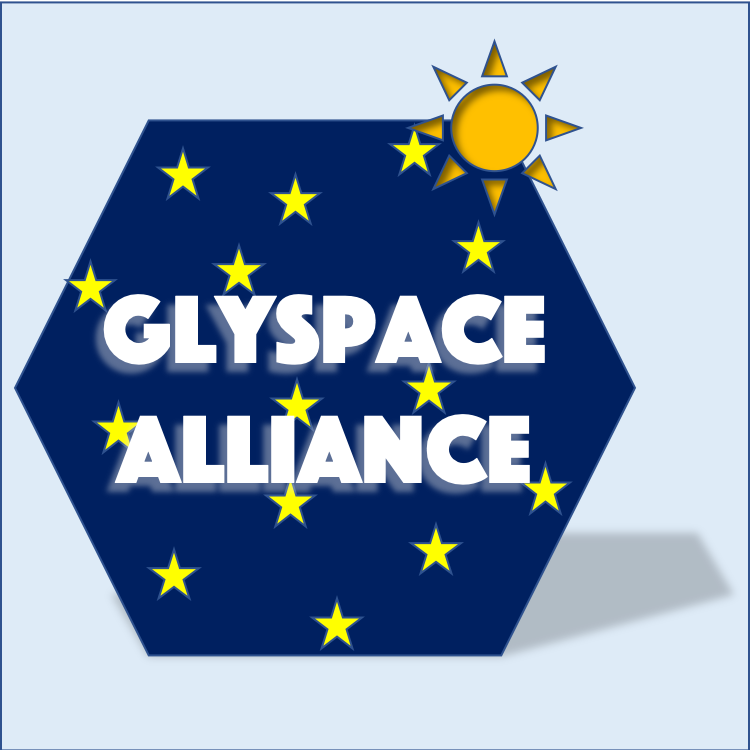 Pathogen Adherence to Carbohydrate Database (PACDB)
Pathogen Adherence to Carbohydrate Database (PACDB)
PACDB provides the information on pathogens (e.g. bacteria, fungus, toxin and virus) adhering to carbohydrates expressed on the cell surface of host animals or plants.
| Database | Last Updated |
|---|---|
| Pathogen Adherence to Carbohydrate Database (PACDB) | June 1, 2016 |
| Species | Pathogen Adherence Molecule | Ligand Name | Ligand Feature ▼ | Target Source | Glycan Sequence | Binding | PubMed ID |
|---|---|---|---|---|---|---|---|
|
Neurotoxin (type B)
|
Complex of synaptotagmin II and ganglioside GT1b or GD1a
|
Glycoconjugates
|
Binding
|
||||
|
Unknown
|
Complex of synaptotagmin II and ganglioside GT1b or GD1a
|
Glycoconjugates
|
Binding
|
||||
|
Type 4-pili
|
Surface-localized glycoconjugates (non-sialylated GSL and glycoproteins)
|
Glycoconjugates
|
Human epithelial cells
|
Binding
|
|||
|
Botulinum neurotoxin (type C)
|
GD1b
|
Disialoglycosphingolipids
|
Presynaptic neuronal cells
|
Gal(b1-3)GalNAc(b1-4)[NeuAc(a2-8)NeuAc(a2-3)]Gal(b1-4)Glc(b1-1)Cer
|
Binding
|
||
|
Tetanus toxin
|
GD1b
|
Disialoglycosphingolipids
|
Brain membrane
|
Gal(b1-3)GalNAc(b1-4)[NeuAc(a2-8)NeuAc(a2-3)]Gal(b1-4)Glc(b1-1)Cer
|
Binding
|
||
|
BoNT/C (located within amino acid residues 1122-1290)
|
GD1b
|
Disialoglycosphingolipids
|
Presynaptic neuronal cells
|
Gal(b1-3)GalNAc(b1-4)[NeuAc(a2-8)NeuAc(a2-3)]Gal(b1-4)Glc(b1-1)Cer
|
Binding
|
||
|
Hemagglutinin (HA)
|
GD1a
|
Disialoglycosphingolipids
|
Various human tissues (leukocytes/erythrocytes/small intestine/stomach/meconium/colon/pancreas)
|
NeuAc(a2-3)Gal(b1-3)GalNAc(b1-4)[NeuAc(a2-3)]Gal(b1-4)Glc(b1-1)Cer
|
Binding
|
||
|
Unknown
|
GD1b
|
Disialoglycosphingolipids
|
Human brain
|
Gal(b1-3)GalNAc(b1-4)[NeuAc(a2-8)NeuAc(a2-3)]Gal(b1-4)Glc(b1-1)Cer
|
Binding
|
||
|
Unknown
|
GD1b
|
Disialoglycosphingolipids
|
Brain membrane
|
Gal(b1-3)GalNAc(b1-4)[NeuAc(a2-8)NeuAc(a2-3)]Gal(b1-4)Glc(b1-1)Cer
|
Binding
|
||
|
Type-2 fimbrial lectins
|
GD1a
|
Disialoglycosphingolipids
|
NeuAc(a2-3)Gal(b1-3)GalNAc(b1-4)[NeuAc(a2-3)]Gal(b1-4)Glc(b1-1)Cer
|
Binding
|
Displaying entries 1601 - 1610 of 1840 in total
To see the latest features, please visit our beta site.
International Collaboration
GlyCosmos is a member of the GlySpace Alliance together with GlyGen and Glycomics@ExPASy.


Acknowledgements
Supported by JST NBDC Grant Number JPMJND2204
Partly supported by NIH Common Fund Grant #1U01GM125267-01
